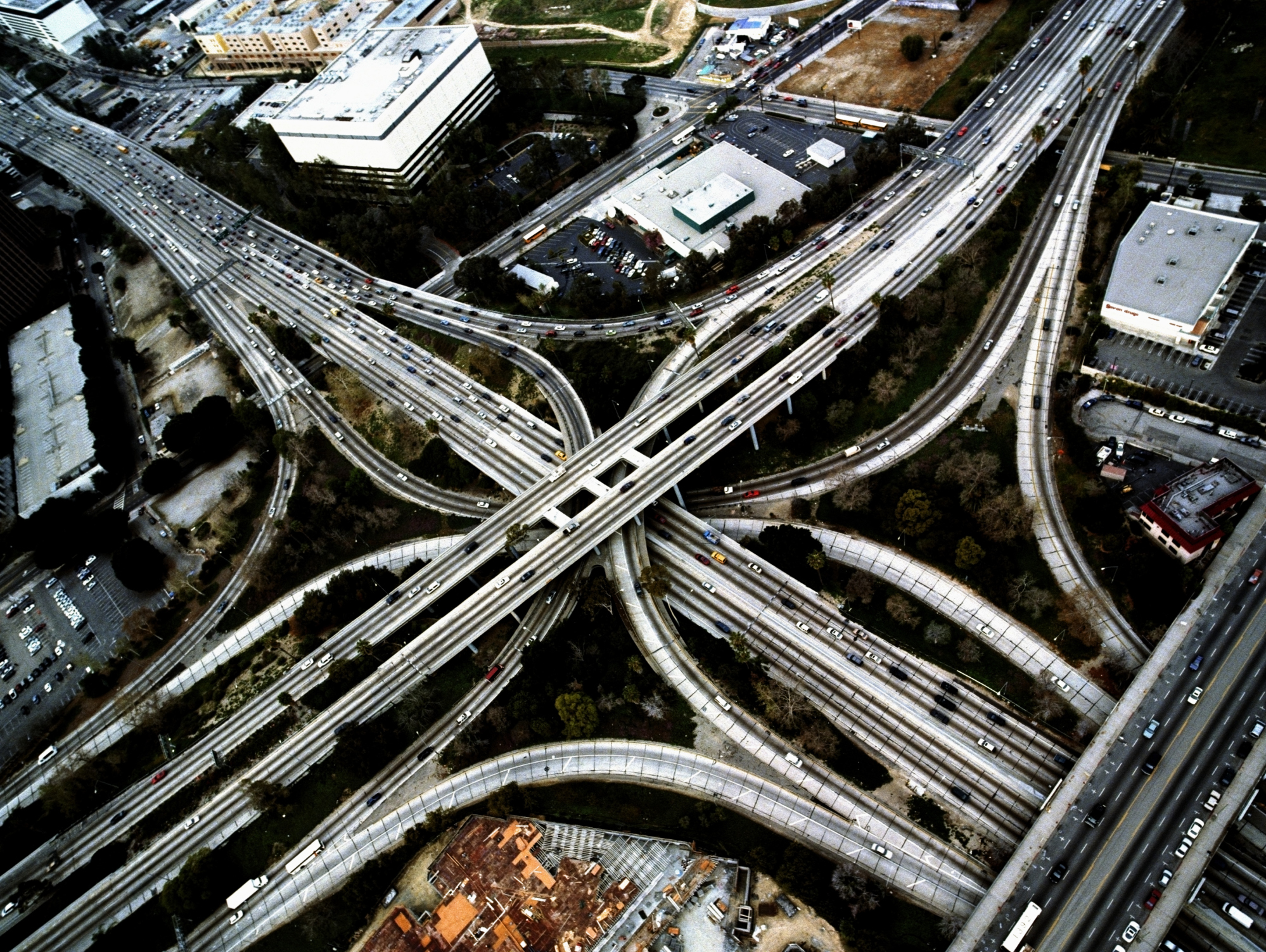By 2017, the US population is expected to rise to 332 million, a 70% increase from fifty years ago. Population growth in cities is placing a strain on existing transportation systems and creating demand for more transportation choices. Industries and consumers depend on the consistent, timely flow of goods and services. The mounting volume and availability of information and the rapid development and adoption of technologies is transforming all aspects of life – including transportation.
According to a recent Transport Topics article, economist Diane Swonk said that 2016 was probably the weakest year for US growth since the Great Recession ended. The economy is moving in the right direction, but slowly. Flatbed loads have inflated by 6.6% compared with the same time last year. Refrigerated truckloads have grown, only by 0.7%, after booming by 14.3% in 2015.
What factors and trends will impact your transportation strategy next year?
- Regulations
Government trucking regulations will have a serious impact on transportation rates, trucking capacity and overall economic productivity.
The ELD Mandate will affect about 3 million drivers and is effective in December 2017. About half of the trucking industry has already installed ELDs, but if the remaining half doesn’t put in the device, they’ll be forced to exit the industry, resulting in a major loss of capacity. Even though ELDs have constructive implications, the mandate could create logistics headaches by taking away capacity and increasing rates.
Read : 2016-2017 Trucking Regulations Aggravate Economic Trends
- Globalization
Transportation connects industries; it’s the key to globalization. Today, about 1/3 of world trade consists of shipments between branches of multinational companies. Technological advances have expanded the global marketplace, highlighting the need for a transportation system that is international in reach. Faster and cheaper transportation systems allow multinational corporations to build facilities across the globe while maintaining scheduled deliveries.
According to the US Department of Commerce, in the last 25 years, US imports and exports grew from $726 billion to $2.6 trillion. The Bureau of Transportation Statistics reports that the transportation sector represents 11% of the overall US GDP and accounts for 1 in 7 jobs in the US economy.
- Smart Cities
A smart city addresses urban issues like traffic congestion through technology-based solutions. Smart cities’ transportation data is derived from multiple devices that identify speed and traffic volume, then provide traffic analysis. With a smart city, there will be more intelligent transportation management solutions so carriers can be redirected to a less congested route, traffic flow will be optimized and responses to road-incidents will be improved. Research firm IDC predicts that by 2017, at least 20 of the world’s largest countries will create smart city policies to prioritize funding and document operational guidelines.
Read : A Fully Automated Transportation Industry is Closer than You Think
- Safety & Autonomy
US self-driving truck sales are forecasted to reach 60,000 by 2035, estimates IHS Automotive. That would amount to 15% of sales for trucks in the big, Class 8 weight segment. Recently, Uber acquired self-driving lorry startup Otto, and it plans to put the company to work in the long-haul freight business in 2017. Otto’s technology allows existing trucks to be fitted with self-driving technology which can handle driving on US highways.
Self-driving trucks are able to operate 24/7, permitting much faster delivery at much lower costs. There’s significant potential for autonomous trucks to increase safety and efficiency.
In 2011, 32,367 people lost their lives and an estimated 2.22 million people were injured in motor vehicle crashes. In the US, almost 90% of all large truck crashes in 2012 were caused from driver error like fatigue, speeding or alcohol use. Automated vehicles will help

- eliminate risk and could decrease the number of accidents involving commercial vehicles.
- Infrastructure & Environment
Total GHG emissions in the US increased by 21% from 1990 to 2011, with over 60% of the total increase attributed to the transportation industry. Today, the US transportation network accounts for 30% of US greenhouse gas emissions. President Obama signed into law the FAST Act to fund surface transportation programs. The FAST Act injects $305 billion into the federal transportation budget from 2016-2020. The Nation’s road network includes more than 4 million miles of public roadways and approximately 605,000 bridges. In 2010, this network carried nearly 3 trillion vehicle miles of travel.
- Economic Competitiveness
Economic and job growth continue to grow at a moderate pace. The transportation sector contributed approximately $1.466 trillion, or 9.7% to GDP in 2011. Nearly 54 million tons of freight worth more than $48 billion currently moves through the US transportation network each day. Freight tonnage is expected to increase by 45% by 2040, requiring additional capacity for highways, railroads, ports. Freight transportation is an integral part of our economy, with over 44 million jobs directly dependent on the industry. Failing to make strategic plans to improve could hurt the country’s growth: one study estimates that roadway congestion delays cost shippers approximately $10 billion each year.
What to Read Next:
Source: FY 2014-2018 DOT Strategic Plan
FacebookTwitterShare

